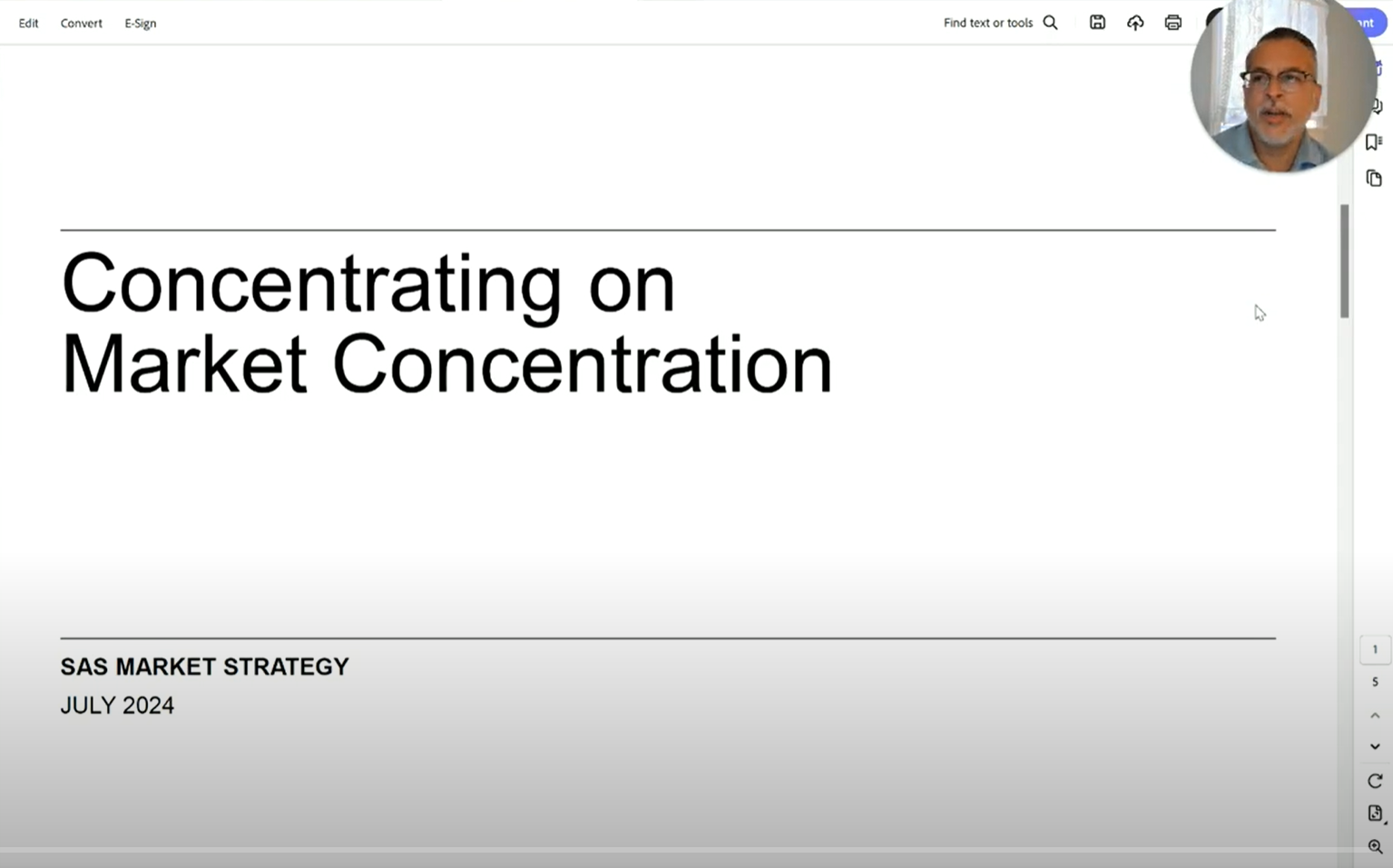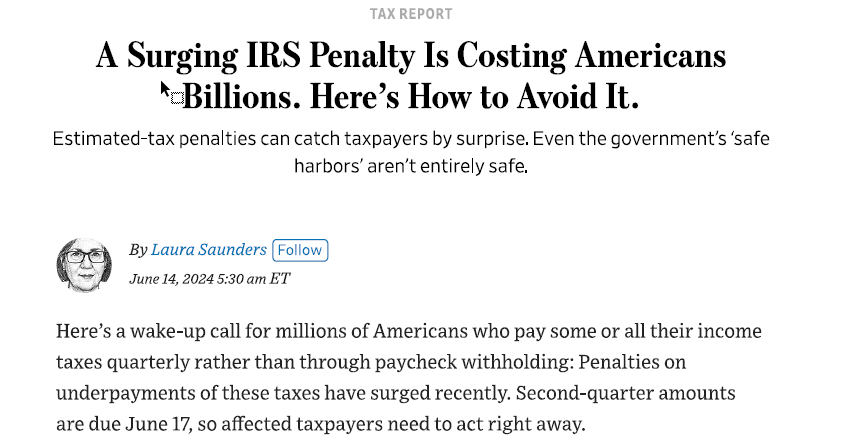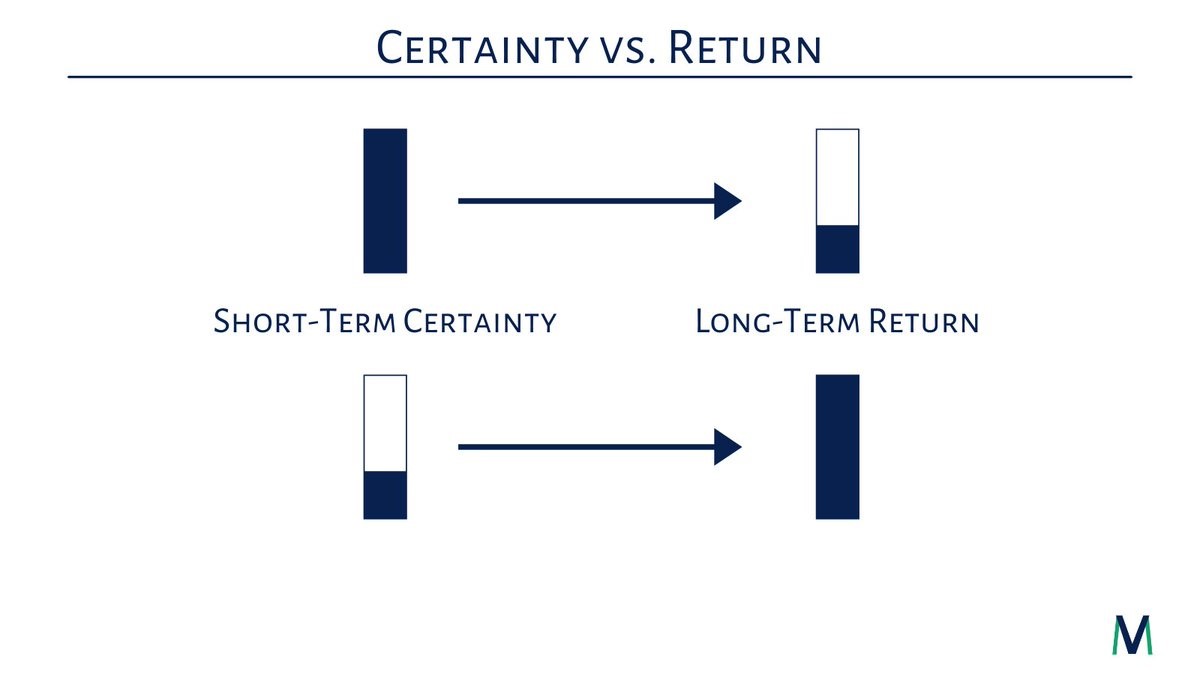Each time there’s a major tax bill, the natural question is: “How will this affect me, my taxes, and my planning?”
For readers that work with an advisor, a specific conversation in the context of your life and planning will invariably take place over the coming months. To aid in those conversations and for those of you reading this blog that do not have an advisor relationship, I’ve included a summary of notable changes:
- Biggest Change: The biggest impact of this bill is perhaps the lack of change. Originally expected to sunset at the end of 2025, The Tax Cuts and Jobs Act of 2017 saw major changes to the tax code that have been in effect over the last eight years. A few of the changes implemented include the reduction of the highest tax rate (39.6% to 37%), the doubling of the standard deduction, the doubling of the federal estate exemption, the near elimination of miscellaneous itemized deductions, and the implementation of the 20% deduction for pass-through business entities, to name a few. Many of the changes that were scheduled to sunset at the end of 2025 have now been made permanent.
- Permanent is somewhat misleading – tax provisions can always be changed by future legislation. Permanent really means no scheduled sunset.
- Changes to Deductions: There are several changes to deductions under this bill. However, most have income phase-outs, creating new thresholds to be mindful of when determining whether to accelerate income in a given year:
- Increased SALT Cap: The most hotly contested provision of the bill is the increase in the state and local tax (SALT) deduction from a $10,000 limit to a $40,000 limit. This could mean that many homeowners in high tax states could begin seeing a higher deduction. However, this increase phases out for taxpayers with gross income above $500,000. In addition, the increase to the SALT cap expires in 2029, unless Congress chooses to renew.
- Deduction for Seniors: Taxpayers 65 or older will get an additional $6,000 deduction, which phases out for taxpayers with income over $75,000 ($150,000 married filing joint).
- No Tax on Tips (kind of): Another highly anticipated provision that made it into the final legislation is no income tax on tips up to $25,000, which phases out for taxpayers with income over $150,000 ($300,000 married filing joint). This deduction is available starting in 2025 through 2028. It’s important to note that tips will still be subject to Medicare and Social Security taxes, so they must still be reported as income before the deduction is applied.
- No Tax on Overtime: A new provision exempts income tax on overtime up to $12,500 which phases out for taxpayers with income over $150,000 ($300,000 married filing joint). This deduction is available starting in 2025 through 2028. It’s important to note that overtime will still be subject to Medicare and Social Security taxes, so the income must still be reported before the deduction is applied. At this moment, there’s nowhere on the W-2 to report overtime, so I’m very curious to see how this is addressed by the IRS and payroll providers!
- Car Loan Interest Deduction: For tax years 2025 through 2028, car loan interest will be deductible up to $10,000 for taxpayers with income below $100,000. Importantly, lease financing does not count, nor does interest on pre-owned vehicles (it must be a new car), and final assembly must have occurred within the US. I would expect some bumps here, pun intended 🙂 Similar to the electric vehicle provisions, I wouldn’t be surprised if the Treasury will put out a list of cars that meet this final criteria. There’s no tax form for car loans to be reported, so there may be a brand new form here for 2025.
- Charitable Donations (for those taking the Standard Deduction): Starting in 2026, taxpayers taking the standard deduction will be allowed to take a charitable deduction of up to $2,000 married filing jointly, $1,000 other filers in addition to the standard deduction.
- Charitable Donations (for those who itemize their deductions): Starting in 2026, itemized charitable deductions will be subject to a floor of 0.5% of adjusted gross income (DAF contributions included). In practical terms: if you donated $10,000 to charity or a DAF and had income of $200,000, you would have an itemized charitable deduction of $9,000 ($10,000 minus 0.5% of $200,000).
-
- Itemized Deduction Limitation for High-Income Earners: Beginning in 2026, high-income earners may be subject to a new itemized deduction limitation that reduces all itemized deductions by 2/37 of the lesser of 1) total itemized deductions or 1) amount of taxable income in excess of 37% bracket threshold.
- Miscellaneous Changes: There are a few other changes coming that may also impact planning:
- Estate Exemption: The 2026 estate exemption will now be an even $15,000,000 per person, 7% more than the current ~$14,000,000 amount, so the bill includes a modest increase beyond inflation.
- Child Tax Credit: The Child Tax Credit is getting a small bump up to $2,200 from the current $2,000 and will be indexed with inflation.
- 529 Withdrawals for K-12 Education: Beginning in 2026, $20,000 can be used to fund K-12 education from 529s, up from the current $10,000 cap. In addition, qualified K-12 education expenses have been expanded to include books and instructional materials, fees for certain standardized tests, and tuition for tutoring or education classes outside the home. The power of 529s is in their tax-free growth, so these new provisions provide some new options for 529s while maintaining their core purpose.
- Energy Efficient Tax Credits: At the end of 2025, tax credits for energy efficient home improvements such as improved windows, heat pumps, and solar panels will be eliminated. Additionally, the tax credit for new and pre-owned electric vehicles and plug-in hybrids will be eliminated starting September, 2025.
- Trump Accounts: Beginning in 2026, new Trump Accounts will become available to children that qualify. These accounts are tax-deferred accounts that do not require earned income to contribute. The expectation is that the federal government will open the account upon birth and deposit an initial contribution of $1,000. Voluntary contributions of up to $5,000 per year can be made until the end of the year that the child turns 17.
Qualified Business Income Deduction: Also originally expected to sunset, the 20% deduction for pass-through business income has been extended. Beginning January 1, 2026, the deduction limit phase-in range for Specified Service Trade/Businesses (SSTBs) will be increased to $75,000 (previously $50,000) for single filers and $150,000 (previously $100,000) for married filing jointly filers. In addition, for taxpayers with at least $1,000 of active Qualified Business Income (QBI), there is a new minimum deduction of $400 (even if 20% of their QBI would result in a lower deduction).
In addition to the tax law changes above, we also wanted to make a quick note on the 2026 implementation of new annual and aggregate limits for federal student loans. If you think this might impact you personally, please feel free to reach out.













